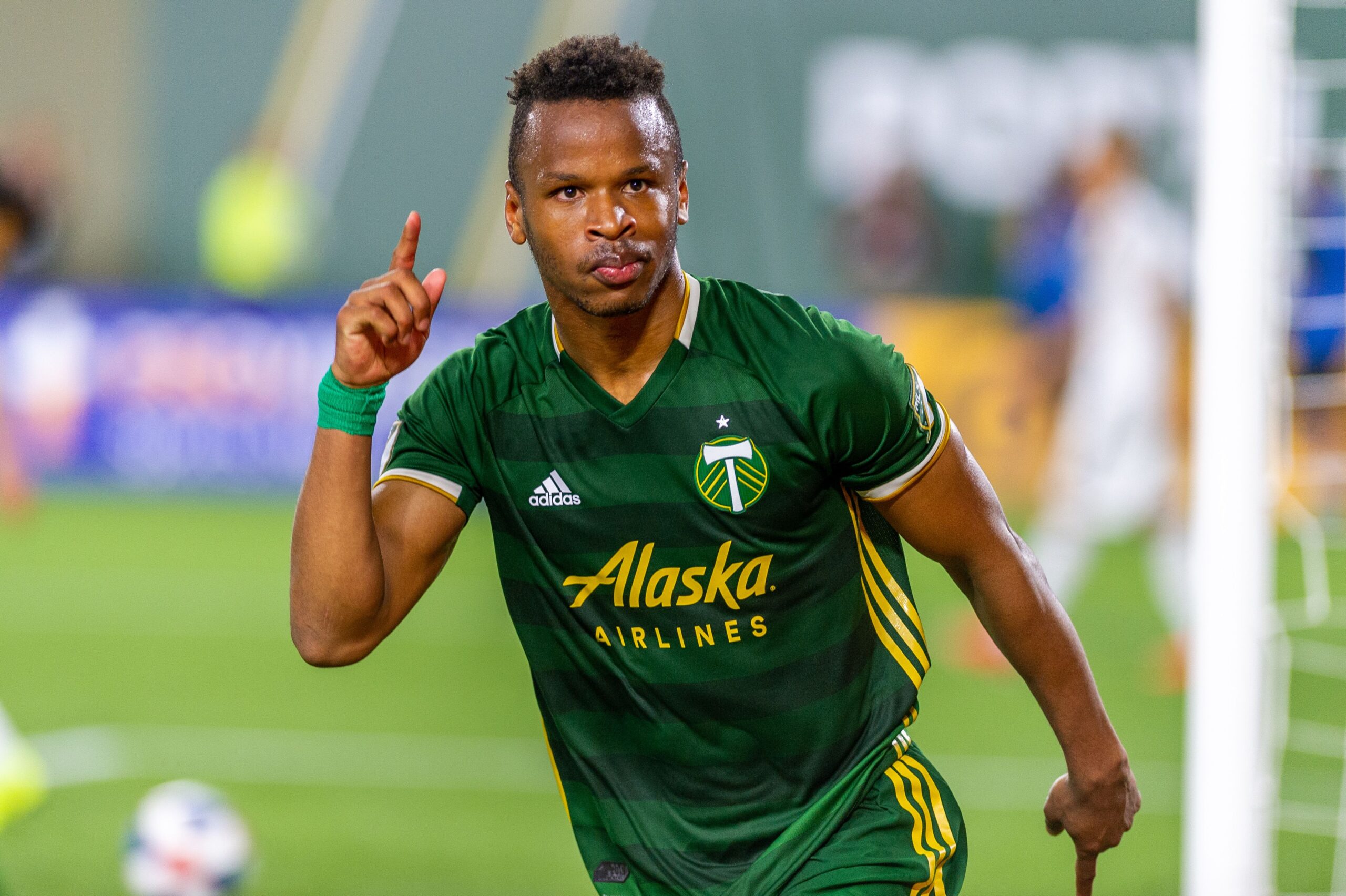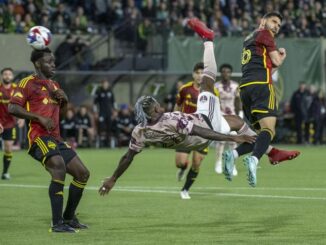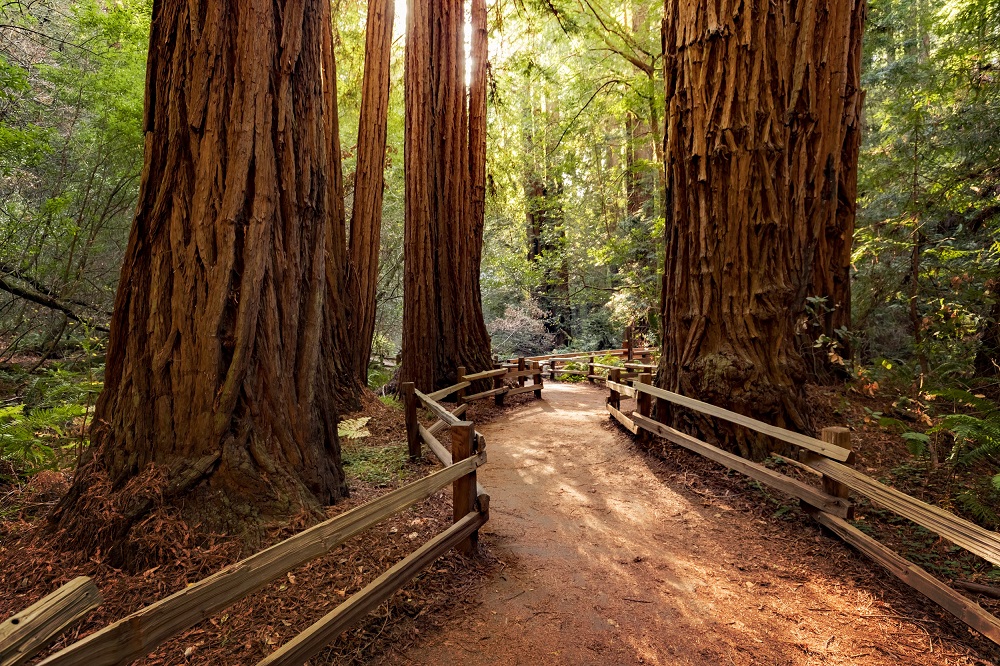
After twenty years, the MLS had ushered in an era of success at a level few had believed was possible in the United States. In terms of brand recognition, MLS franchises had built themselves niches inside of individual communities to varying degrees, from city-wide support in places like Seattle and Portland, to smaller but faithful followings in more crowded markets like Philadelphia or New York. Financially the league was in the green, with a 200+ million price tag for any city to buy into the fledgling association. There was a key element missing though that hindered the league during this period of expansion, star domestic talent.
It was an area that Commissioner Don Garber had identified and has since put focus on. Earlier this year Garber was quoted saying the MLS needed, “More investment in players, more investment in infrastructure, more investment in marketing and content, and fan development.” In 2015, teams started instituting and building development academies to scout and train local talent in their given markets. The cream of the proverbial crop of these individual academies would be eligible for professional homegrown contracts as soon as they are eligible. Back in 2015, this was seen as the groundwork for expanding the domestic player pool. Today, that vision is starting to bear fruit as not only is it common for every team to have homegrown players on their senior squads, but for them to also contribute and play key roles for their teams. The next step will be for one of these players to truly step up and leap into superstardom to snap the attention of viewers both at home and abroad.
Players that are 24 and under that are already playing a role for their teams include:
Brendan Aaronson, Anthony Fontana, Mark Mckenzie, Daryl Dike, Chris Mueller, Ayo Akinola, Cole Basset, Sam Vines, Jonathan Lewis, James Sands, Paxton Pomykal, Jesus Ferreira, Brandon Servania, Tanner Tessman, Jaylin Lindsay, Gianluca Busio, George Bellow, Djordje Mihailovic, Frankie Amaya, Aboubacar Keita, Moses Nyeman, Kevin Parades, Julian Araujo, Efrain Alvarez, Chase Gaspar, Jeremy Ebobisse, Eryk Williamson, Justen Glad, JT Marcinkowski, Cade Cowell, Caden Clark, Ricardo Pepi
That is quite a list, 32 names in all. It represents the burgeoning class of American talent that is being developed by the MLS. None of these players have really hit that next step though, to vault into the upper echelon of players in the league. The MLS even has a term for that group, “Designated Players” (DPs) and any person on the roster marked with that that designation is eligible for a higher level of pay. For a U.S. based league, there are few American players who have been deemed worthy of that tag. Those slots have been filled with American stars who have made their names in bigger leagues or international players. Outside of maybe Landon Donavon, no MLS homegrown has risen to be valuable enough to their respective team to earn that top pay grade.
We will take a look at some of the names listed above and see if any have the potential to be a star player in the MLS. Since DPs are mainly attacking based players, that is who we will focus on.
Attacking Midfielders:
*There are a couple players mentioned previously that have already been sold to other leagues (Caden Clark and Brendan Aaronson) so we will not be mentioning them here.
Cade Cowell, San Jose Earthquakes – Listed as 5’9, 154 lbs, the 17-year-old Cowell looks and plays like a player beyond his years. He plays on the front foot, unafraid to take on whatever defender has the misfortune of being placed in front of him. In only 373 minutes, he already has a goal and assist to his name, with his one strike being an impressive banger from outside the box. While his fotmob.com score of 6.18 doesn’t scream superstar, he has displayed a mix of speed, physicality and skill that should allow him to make a leap over the next couple of seasons.
Efrain Alvarez, Los Angeles Galaxy – Much like his Californian counterpart, Alvarez is still looking for regular minutes for his senior team, posting 610 total minutes this season. It’s not the only similarity, as he also has 1 g + 1 a, but has surpassed Cowell in overall impact. He uses his high-level soccer IQ to regularly connect passes all over the pitch, completing 17 key passes to go along with two chances created since the restart. At only 18, Alvarez has shown he has the technical ability to dominate in the MLS, he just needs to do it consistently. His average fotmob score of 6.58 is indicative of a player not readily making a positive impact for his team. With time though, he could truly develop into a singular talent.
Anthony Fontana, Philadelphia Union – At the age of 21, Fontana is the elder statesman of this group. Why he’s been included is because he has a lot more direct route to being a regular starter than either Cowell or Alvarez. His direct competition for the 10 spot, the young starlet Brendan Aaronson, has already agreed to a move to Austria at the end of this season. This transfer has already started reaping benefits for Fontana, as he has seen a dramatic increase in minutes since the move was announced. With that increase has come an avalanche of goals, as Fontana has put up six in only 508 minutes on the pitch, good for a fotmob average score of 6.96. While it’s a small sample size, if Fontana can continue his penchant for scoring goals then he could become one of the most dangerous midfielders in the league fast.
Wingers:
Chris Mueller, Orlando City FC – Mueller represents a more traditional route for young Americans to get into the MLS. Dominate the college game, declare eligibility for the MLS Superdraft and then spend a season or two refining your game at the pro level in the USL. That’s why Mueller’s big breakout 2020 season has come at an “older” 24 years of age. After a solid 2019, Mueller has put up 16 G + A on his way to becoming one of the most dangerous wingers in the league. At 5’9, Mueller is forced to rely more on his speed and craftiness to open space and create chances. He has done this with aplomb on the way to a 7.39 fotmob score. He is already a great player, but at his age progress will more come in steps rather than leaps. But that shouldn’t put any damper on the hype he has already generated.
Kevin Parades, DC United – Almost on the complete other end of the spectrum as Mueller, Parades just completed his inaugural season in the MLS at the tender age of 17. While his raw starts aren’t impressive (7 key passes, 1 assist), the fact he was entrusted with 944 minutes at such a young age is a feat in itself. While DC United as a whole were a mess, they may have found themselves a young core of Parades, Moses Nyeman and Griffin Yow. Parades though looked the most impressive of the bunch, using his speed and intelligence to regularly find space and connect passes with teammates. He needs to work on consistency though, as he had multiple games where you completely forgot he was even on the pitch, but he has years to improve. If DC decides to continue to invest in the youth, they may also have their path back to relevancy with Parades leading the way.
Forwards:
Daryl Dike, Orlando City FC – The other half of Orlando City’s young attacking duo, Dike is a monster of a man. Standing at 6’ 2”, 220 lbs, he looks like he’d be more at home playing linebacker in the NFL rather than on a soccer pitch. All that size though allows him to bully opposing center backs that are 10+ years his elder and makes him a nightmare to defend in the hold-up game. Even more demoralizing is the fact that he simply can run past you as well, as he possesses a speed that is surprising for a man that size. All this being said, it should come as no surprise that in his rookie season, Dike already has put up 7 goals and 4 assists in just 16 games. That is a crazy amount of production for an 18-year-old, which puts his ceiling somewhere near Saturn.
Ayo Akinola, Toronto FC – While a goal-dangerous homegrown like his fellow countryman Dike, he expresses that ability in a different way. Much more of a hot-n-cold type player, Akinola can put up superstar performances. His introduction to this season, and the country at large, was a hat-trick in which he superbly positioned himself for easy finishes. Not quite the physical freak that Dike is, he is much faster and has almost a supernatural sense to be in that right place at the right time. While he is still inconsistent and needs to develop as a passer, 9 goals in 14 appearances is nothing to scoff at. While he shares a forward line with U.S. veteran Jozy Altidore, he looks more than ready to be on the field on a more permanent basis.
Jeremy Ebobisse, Portland Timbers – While not as flashy as the two other forwards we’ve already discussed, Ebobisse may be the most valuable of the three. He’s versatile, splitting time at striker and right wing, goal-dangerous and two-footed. He’s put up 22 G + A over the past two seasons, an impressive amount but that’s not the only reason why he’s the only Timber to appear in every game during that time period. He is also a team player, willing to put in the dirty work and mileage to make his team as a whole that much better. The 23-year-old has earned his time on the field, putting up an average fotmob score of 7.06 in his starts. It pains me to say this as a Sounders fan, but Ebobisse is going to be a pain for any team to deal with for a long time.
Conclusion:
It can’t be said that any of the players mentioned are going to be slam dunk superstars. Some, like Ebobisse and Dike, are already good players in this league. Others are still trying to find their role, to figure out where they can make the biggest impact for their teams going forward. There are some, like Brendan Aaronson and Reggie Cannon, that have already shown their quality and were bought by bigger clubs across the pond. The fate of any of these players is up in the air, but the fact that there are so many of them at this point is a huge boon for the MLS. At worst, they are cheap players that teams can use to supplement and fill out their rosters. Not having to worry about scouting and finding various international players up and down the rosters is good for a lot of teams. Though what these players represent at their best are incredibly valuable assets, whether as stars for their teams or to be sold for potential profits when Europe comes calling. No insane galactico talent has emerged yet out of these academies, but at the rate they are churning out players, it’s bound to happen soon. And that, my friends, will draw the eyeballs that the MLS is so craving. So, I’d recommend getting on the bandwagon early, before someone really takes off.



